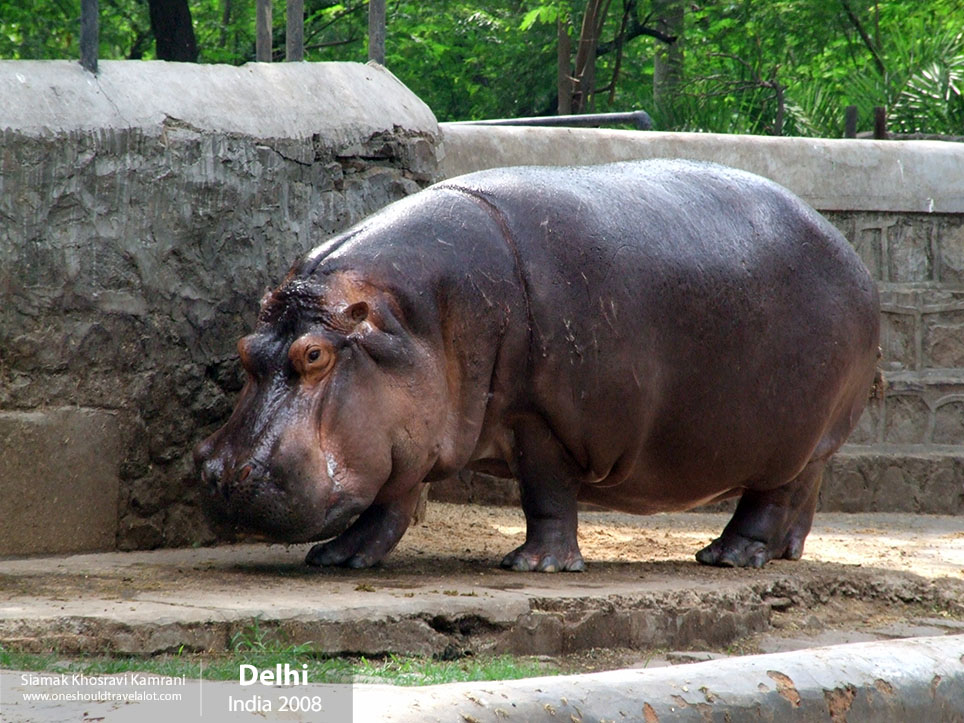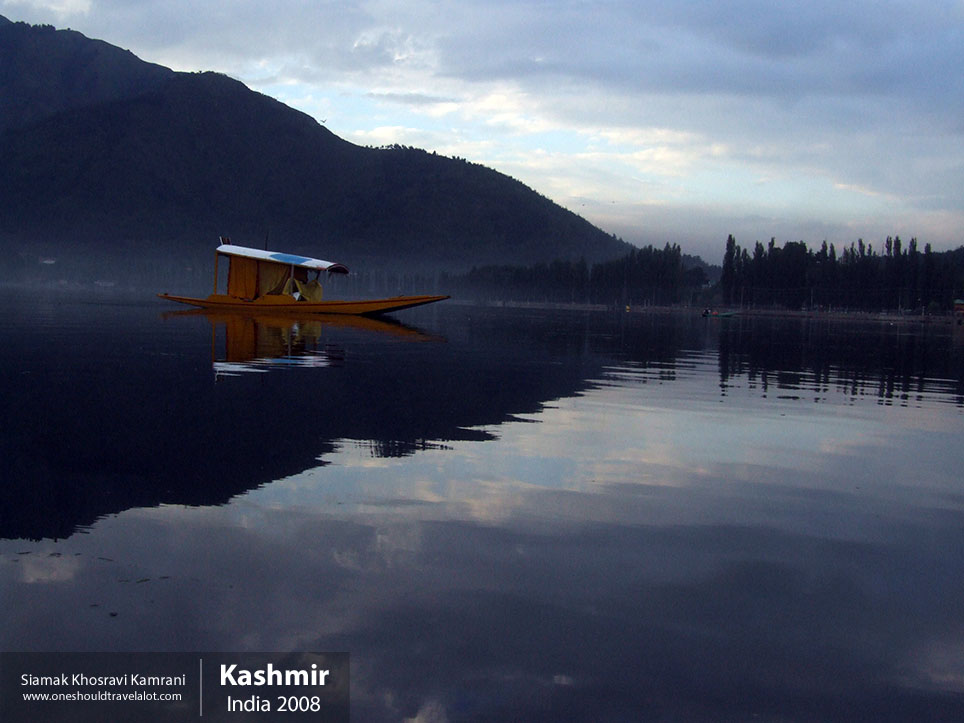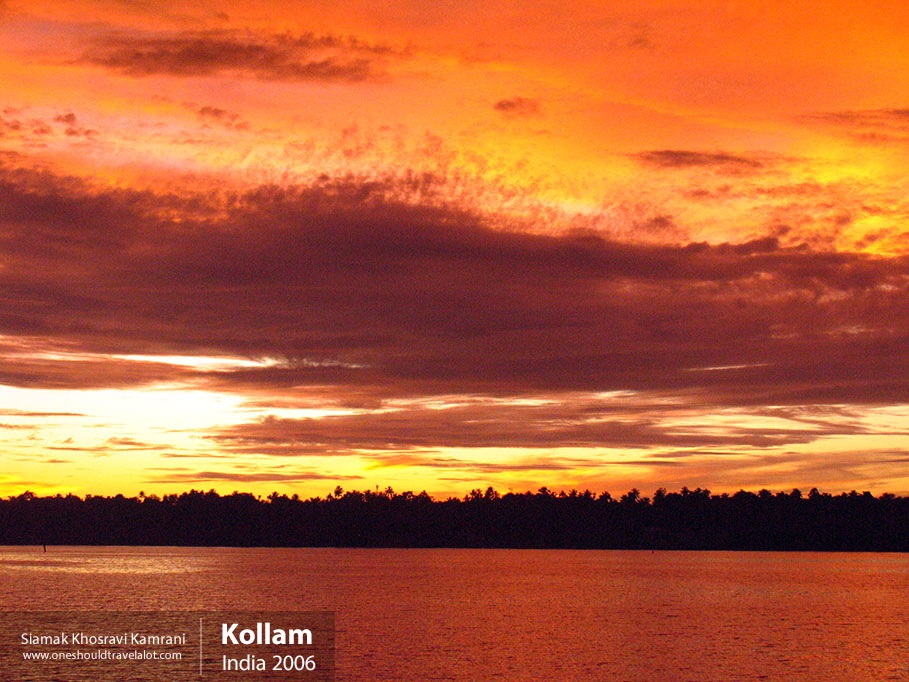Discovering the Blue City: A Photographer’s Journey to Jodhpur
First Impressions of Jodhpur
As the plane descended toward the city of Jodhpur, I peered out of the window and was immediately struck by the city’s unique blue hue. Known as the “Blue City,” Jodhpur is famed for the vibrant blue-painted houses that stretch out beneath the formidable Mehrangarh Fort. The sight was a spectacular contrast to the arid Thar Desert that encircles the city.
Stepping out of the airport, I was greeted by the warm Rajasthani sun and the bustling sounds of Jodhpur. The city’s atmosphere was a blend of historical charm and modern hustle, where the past and present seamlessly intertwined. The standard of living seemed to be a mix of traditional lifestyles and contemporary conveniences, creating a fascinating tapestry of daily life.
Exploring Mehrangarh Fort
My journey began with a visit to the imposing Mehrangarh Fort, which towers over Jodhpur from its perch on a rocky hill. This architectural marvel, with its thick walls and intricate carvings, has stood as a sentinel over the city for centuries. As I navigated through its labyrinthine passages and grand courtyards, I couldn’t help but feel a sense of awe at the fort’s grandeur.
The fort’s museum housed an impressive collection of artifacts, from palanquins and armor to paintings and manuscripts, each piece narrating a story of Jodhpur’s regal past. The panoramic view of the city from the fort’s ramparts was breathtaking; the sea of blue houses below seemed to merge with the sky, creating a surreal visual effect.
Immersing in Local Culture
Leaving the fort, I wandered into the old city, where the narrow, winding streets were alive with activity. The markets, or bazaars, were a sensory overload – vibrant colors, the aroma of spices, and the cacophony of traders and buyers bargaining animatedly. Each shop was a treasure trove of Rajasthani handicrafts, from handwoven textiles and pottery to silver jewelry and leather goods.
As I photographed the bustling markets, I found myself drawn to the Sardar Market, situated near the iconic Ghanta Ghar (Clock Tower). Here, the local vendors were incredibly friendly, often pausing their work to pose for pictures or share stories about their crafts. The market was a microcosm of Jodhpur’s diverse culture, with people from various ethnicities and backgrounds coming together to trade and interact.
The People of Jodhpur
One of the highlights of my journey was the opportunity to photograph and interact with the locals. The people of Jodhpur were warm and hospitable, their faces etched with the stories of their lives. Each interaction added a layer of depth to my understanding of the city.
In the heart of the old city, I met a family that welcomed me into their home. Over cups of masala chai, they shared tales of their ancestry and the significance of their blue-painted house. Traditionally, the blue color was associated with the Brahmin caste, but over time, it became a trend that spread throughout the city, believed to help keep homes cool in the scorching summer heat.
Capturing the Spirit of Jodhpur
One evening, I ventured out to capture the sunset over the city. I found a vantage point atop one of the many rooftop cafes that offered a perfect view of the setting sun casting a golden hue over the blue cityscape. The sight was nothing short of magical, and my camera clicked away, trying to capture the essence of this serene moment.
Jodhpur’s nightlife was equally captivating. As the sun dipped below the horizon, the city transformed. The streets were lit by the soft glow of lanterns, and the sounds of traditional Rajasthani music filled the air. I attended a local folk music performance, where musicians played the sarangi and tabla, and dancers in vibrant costumes twirled gracefully. The energy was infectious, and I found myself tapping my feet to the rhythm.
Culinary Delights
No visit to Jodhpur would be complete without indulging in its culinary delights. The city’s cuisine was a reflection of its rich cultural heritage, a tantalizing blend of flavors and spices. I savored dishes like dal baati churma, a traditional Rajasthani meal comprising lentil curry, baked wheat balls, and a sweet crumble. Another favorite was laal maas, a spicy mutton curry that was as fiery as it was delicious.
Street food in Jodhpur was a culinary adventure in itself. I sampled pyaaz ki kachori (onion-filled pastries) and mirchi vada (chili fritters), each bite offering a burst of flavor. The sweets, too, were irresistible; mawa kachori, a pastry filled with sweetened milk solids and nuts, was a delightful treat that left me craving more.
The Essence of Jodhpur
Jodhpur, with its vibrant culture, rich history, and friendly people, left an indelible mark on me. As a photographer, the city was a visual paradise; every street, every face, and every moment offered a story waiting to be told through my lens. But beyond the photographs, it was the experiences and connections that truly defined my journey.
From the grandeur of Mehrangarh Fort to the narrow alleys of the old city, from the bustling markets to the tranquil sunsets, Jodhpur was a city of contrasts and harmonies. It was a place where tradition met modernity, where the past was ever-present, and where every visitor was welcomed with open arms and warm smiles.
As I packed my bags to leave the Blue City, I carried with me not just a memory card full of images but also a heart full of memories. Jodhpur had been more than just a destination; it had been a journey into the heart of Rajasthan, a journey that had enriched my understanding and appreciation of India’s diverse cultural tapestry. And as my plane took off, I looked out of the window one last time, knowing that the blue hues of Jodhpur would always have a special place in my photographer’s soul.



